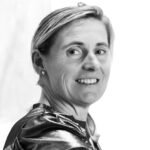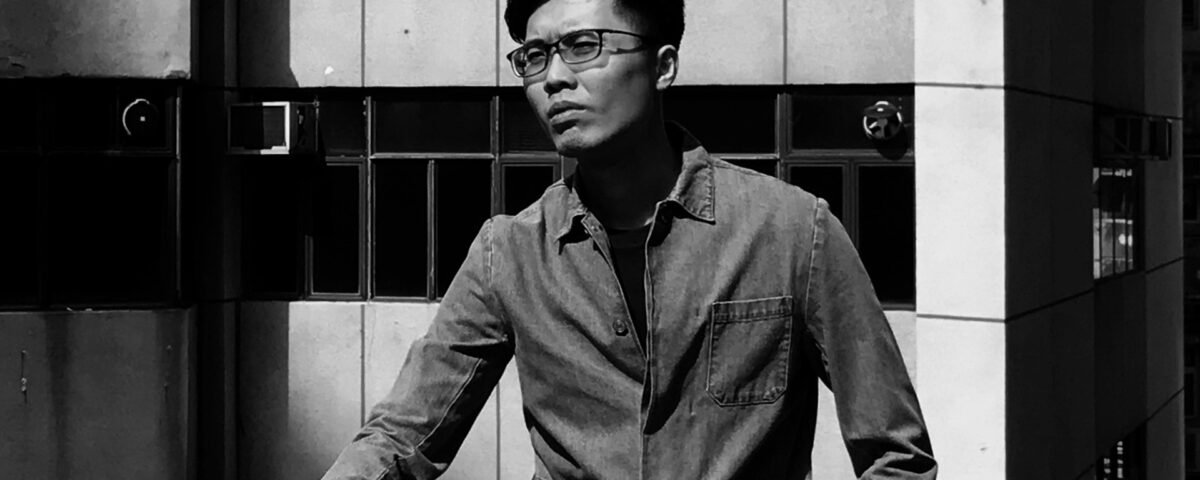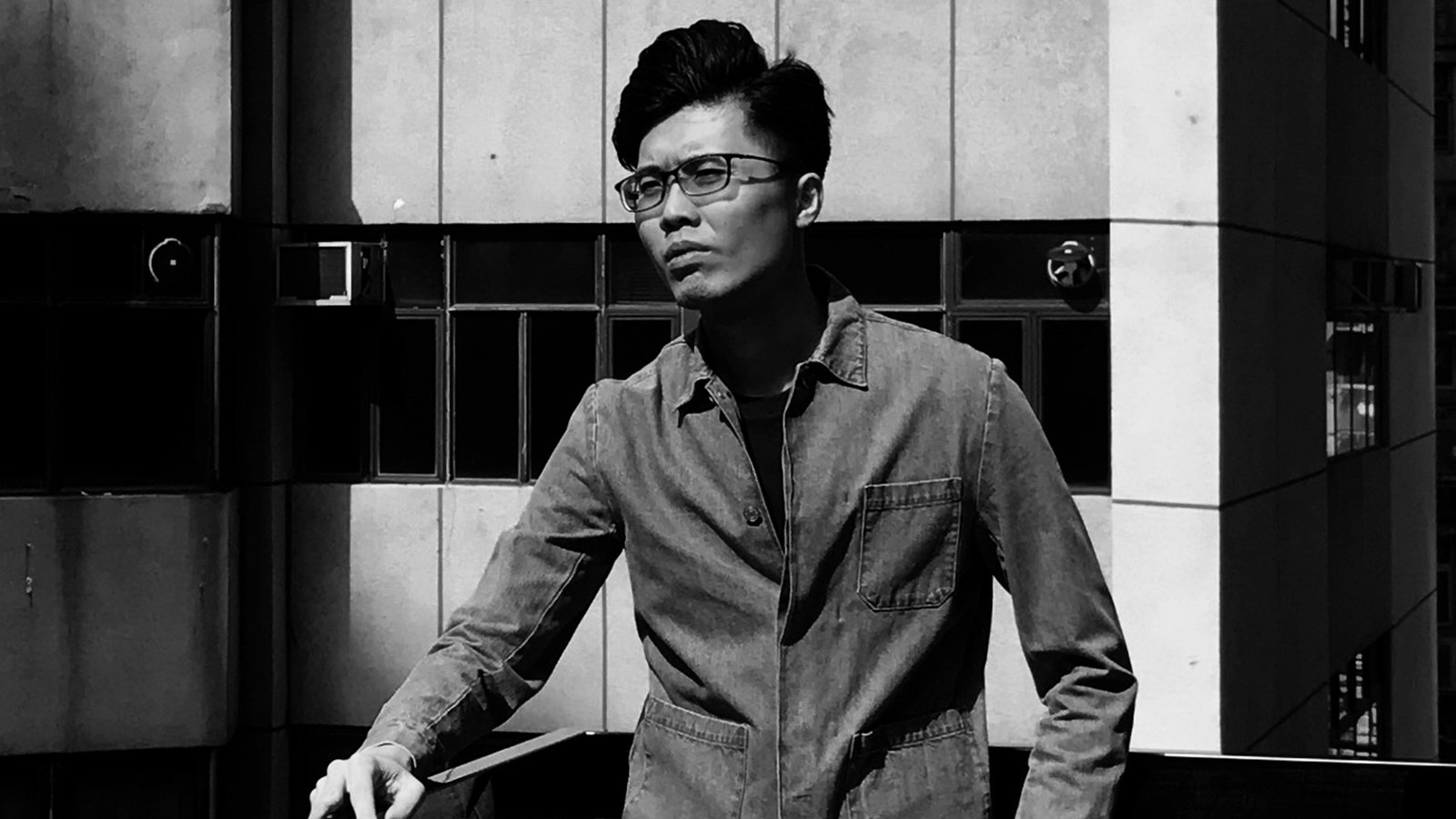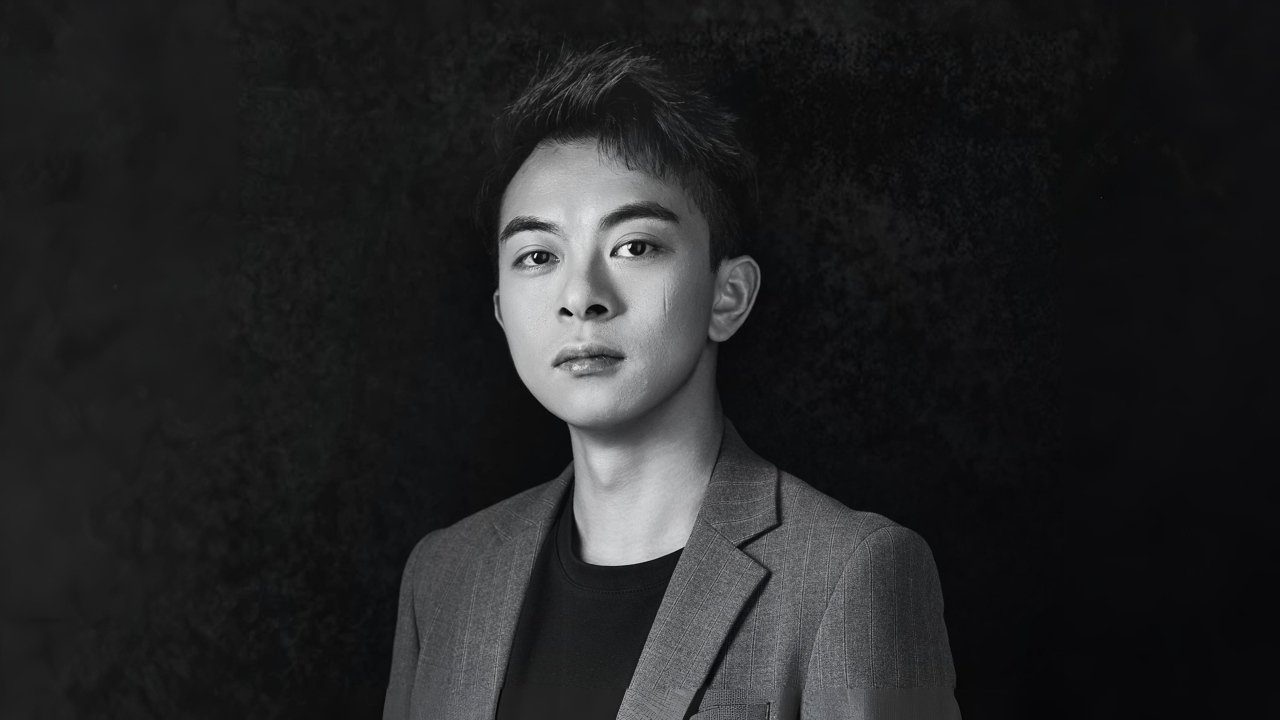
Abstracted by Winter: A Conversation with Mia Segaert
July 10, 2025
Beyond the Curtain: Lisa Monde on Celebrating Musical Milestones
July 11, 2025Thank you so much, MUSE Photography Awards, for recognizing Octagonal Convergence! I’m truly honored and humbled.
My journey began when my sister gifted me an Olympus 550WP. Like many first-time photographers, I started by taking random shots, but even in those early days, one thing stood out—my fascination with "lines," as I called it back then.
Over time, as I continued to hone my craft, that fascination became the foundation of my photographic style. I began to merge symmetry, geometry, and abstract forms found in everyday structures into a cinematic, futuristic aesthetic—capturing patterns and details in a way that transforms the ordinary into something visually compelling.
I had this location in mind for years. It’s a very prominent and famous landmark in my country. If I ever had a photography bucket list, this place would definitely be in the top three.
I'm very happy with what I was able to capture—interpreting this architectural marvel in my own style and vision. And of course, winning the award with MUSE is the absolute cherry on top for me.
Usually, I have a mental shortlist of photos I consider competition-worthy, which I narrow down to about two or three. Personally, I also limit myself to submitting only one or two photos per competition and never enter the same photo into multiple categories.
This self-imposed restriction pushes me to deeply consider whether the selected images are truly my best work and to carefully choose the most suitable category or subcategory.
Well, as mentioned earlier, my sister gifted me an Olympus 550WP—but it wasn’t entirely out of the blue. Back then, I had a Sony Ericsson K750i, which had a surprisingly good camera. Because it was so convenient to snap photos, my hidden interest in photography began to grow—and apparently, I didn’t hide it very well. That likely influenced her choice of gift to "help me kickstart" my journey.
Thank you again, Stefanie, for such a thoughtful present!
My go-to setup is the Olympus OM-D E-M1 Mark III with the M.Zuiko 7–14mm f/2.8 PRO lens.
For most of my projects, the default first shot in my workflow is usually taken with a wide-angle lens and various compositions before I explore alternate focal lengths, if necessary. This comes down to personal preference, and my body of work clearly reflects that wide angles best showcase my visual style.
As for the camera itself, I don’t have a specific favorite feature, but my setup is relatively lightweight compared to most photographers. This helps me tremendously, as I’m not a fan of lugging around too much gear—and being asthmatic, I don’t quite have the stamina to carry heavy loads for long periods.
I can't name just one, but I think we're fortunate to live in an age where we can access so many incredible photos with just a few clicks—whether on a mouse, keyboard, or phone. We're constantly exposed to different genres, photographers, and styles.
I try to view as many photos as possible to process, learn, and see how I can further improve in my chosen genre. Who knows—maybe one day I'll feel inspired to explore a completely different one.
I would suggest focusing on quality over quantity. Keep any potential shortlist small, and refine those selections as much as possible. When photography awards open for submissions, revisit the shortlisted photos for any final edits.
Last but not least, selecting the best and most appropriate category can make a significant difference in awards—so take your time and choose wisely.
For someone just beginning their journey, keep shooting as much as possible! Even using our phones can help improve our composition early on, as it trains the eye to observe better. The more we shoot, the more we’ll understand ourselves and our gear.
What genre are we drawn to? Which focal length feels most natural? In time, everyone will develop their own unique style.
As we continue, we’ll also become more familiar with our equipment, allowing us to shoot faster and adjust settings more confidently—so we don’t miss fleeting moments influenced by dynamic factors like sunlight or people on the street.
Applied purely in the context of photography, I think AI could potentially help photographers save time in editing and post-processing. However, the foundation of photography will always be a human-taken image as the core output, with AI playing a supporting role in the editing process.
Perhaps in the future, AI may also take on an advisory role—but the key point is that the human photographer should always remain central to photography, particularly in execution and final decision-making.
Assuming it's a wish-come-true scenario, perhaps at this moment, I’d ask for a private, closed-door session at the Vatican Museum. Just me, alone. For three hours.
Will it come true?
Well, that I’m not sure of—but I do know that winning a MUSE was certainly a wish that came true for me. Once again, thank you for the recognition and for the opportunity to share my thoughts in this interview.
Garion Chee
From a gift of an Olympus 550WP from his sister, Garion Chee developed a striking photographic style based on symmetry, geometry, and abstract shapes seen in Octagonal Convergence.
Explore the journey of Mia Segaert, the Gold Winner of the 2025 MUSE Photography Awards. She traded real estate for photography and now exhibits worldwide with work rooted in architecture and design.






